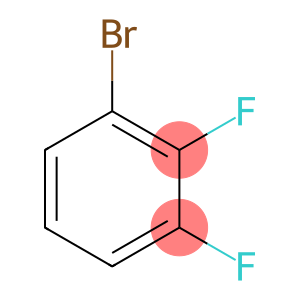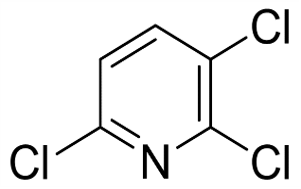2-3-Butanedithiol(CAS#4532-64-3)
| Hazard Symbols | Xn – Harmful |
| Risk Codes | R10 – Flammable R22 – Harmful if swallowed R36/37/38 – Irritating to eyes, respiratory system and skin. |
| Safety Description | S16 – Keep away from sources of ignition. S26 – In case of contact with eyes, rinse immediately with plenty of water and seek medical advice. |
| UN IDs | UN 3336 3/PG 3 |
| WGK Germany | 3 |
| HS Code | 29309090 |
| Hazard Class | 3.2 |
| Packing Group | III |
Introduction
2,3-Butanedithiol. The following is an introduction to the properties, uses, preparation methods and safety information of 2,3-butanedithiol:
Quality:
- Appearance: Colorless liquid
- Odor: Pungent odor
- Soluble: Soluble in water, alcohols and ether solvents
Use:
- Industrial use: 2,3-butanedicaptan can be used as a rubber accelerator and antioxidant. It can improve the mechanical properties and heat resistance of rubber and prolong the service life of rubber products.
Method:
The preparation of 2,3-butanedithiol can be done by one of the following methods:
- Industrial preparation: butene and sulfur are commonly used as raw materials and prepared by vulcanization reaction.
- Laboratory preparation: It can be prepared by the reaction of propadiene sulfate and sodium sulfite, or by the reaction of 2,3-dichlorobutane and sodium sulfide.
Safety Information:
- 2,3-butanedithiol is irritating and can cause irritation and burns to the eyes and skin.
- Inhalation of large amounts of 2,3-butanedithiol can cause dizziness, nausea, vomiting and other uncomfortable symptoms.
- Avoid inhalation and skin contact during operation, and wear appropriate protective equipment such as gloves, goggles, etc. when using.
- Avoid contact with oxidants and substances such as strong acids and alkalis to avoid dangerous reactions.


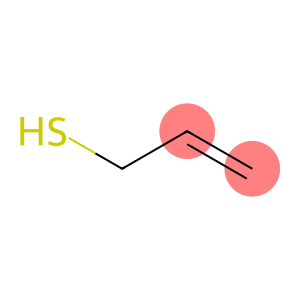
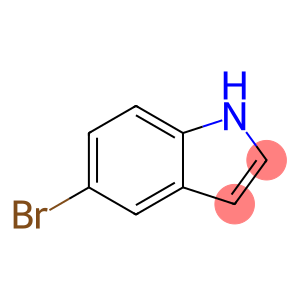
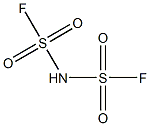
![N-[(4-Nitrophenyl)-methylsulfonyl]pyryolidine(CAS#340041-91-0)](https://www.xinchem.com/uploads/N-4-Nitrophenyl-methylsulfonylpyryolidine.png)

